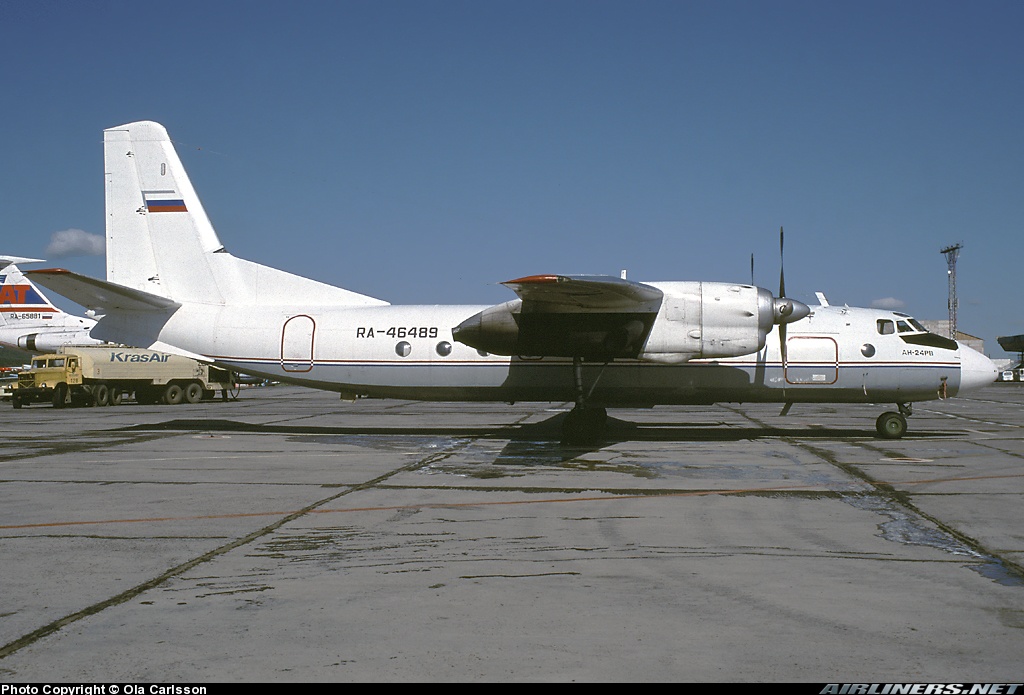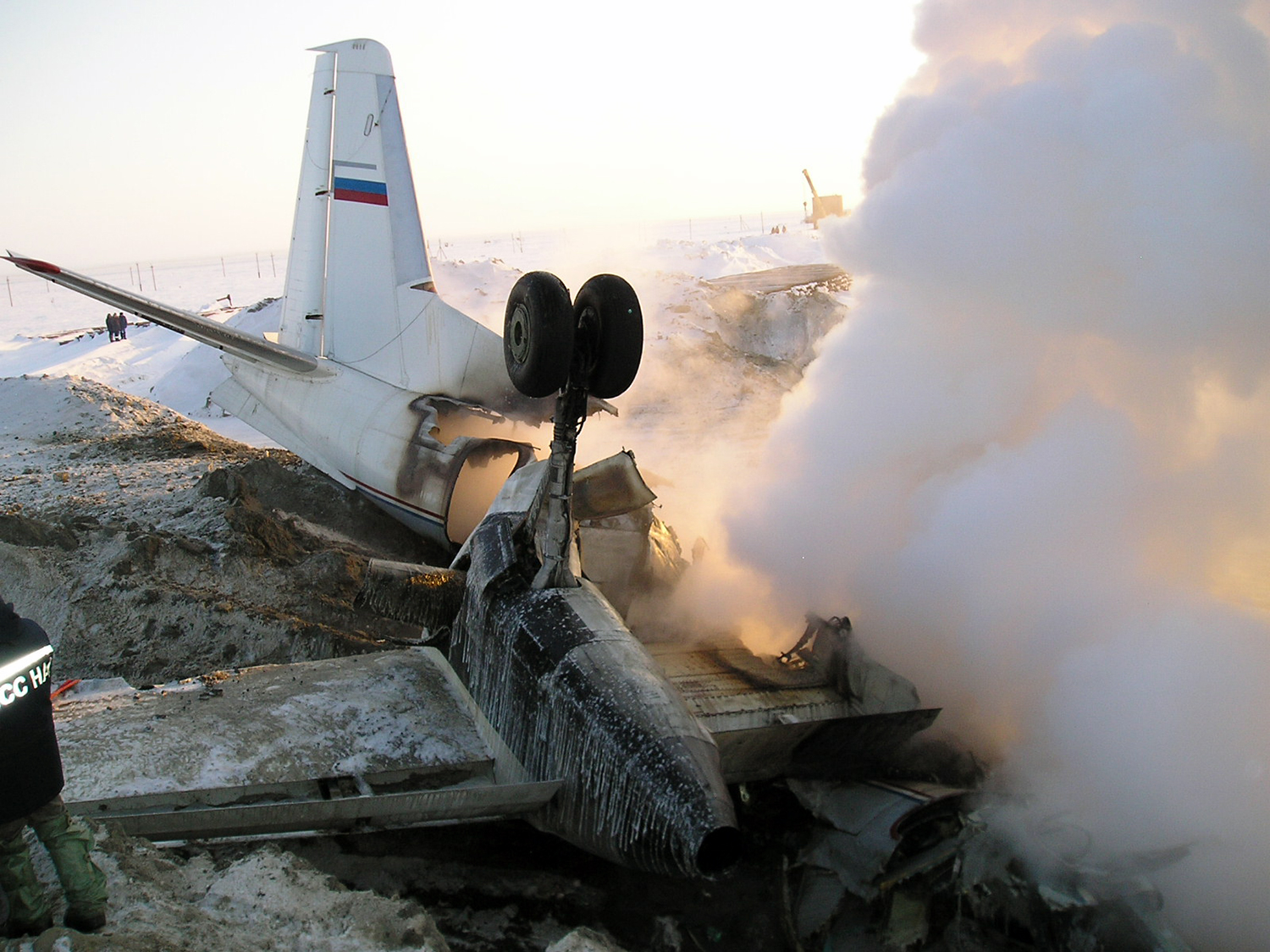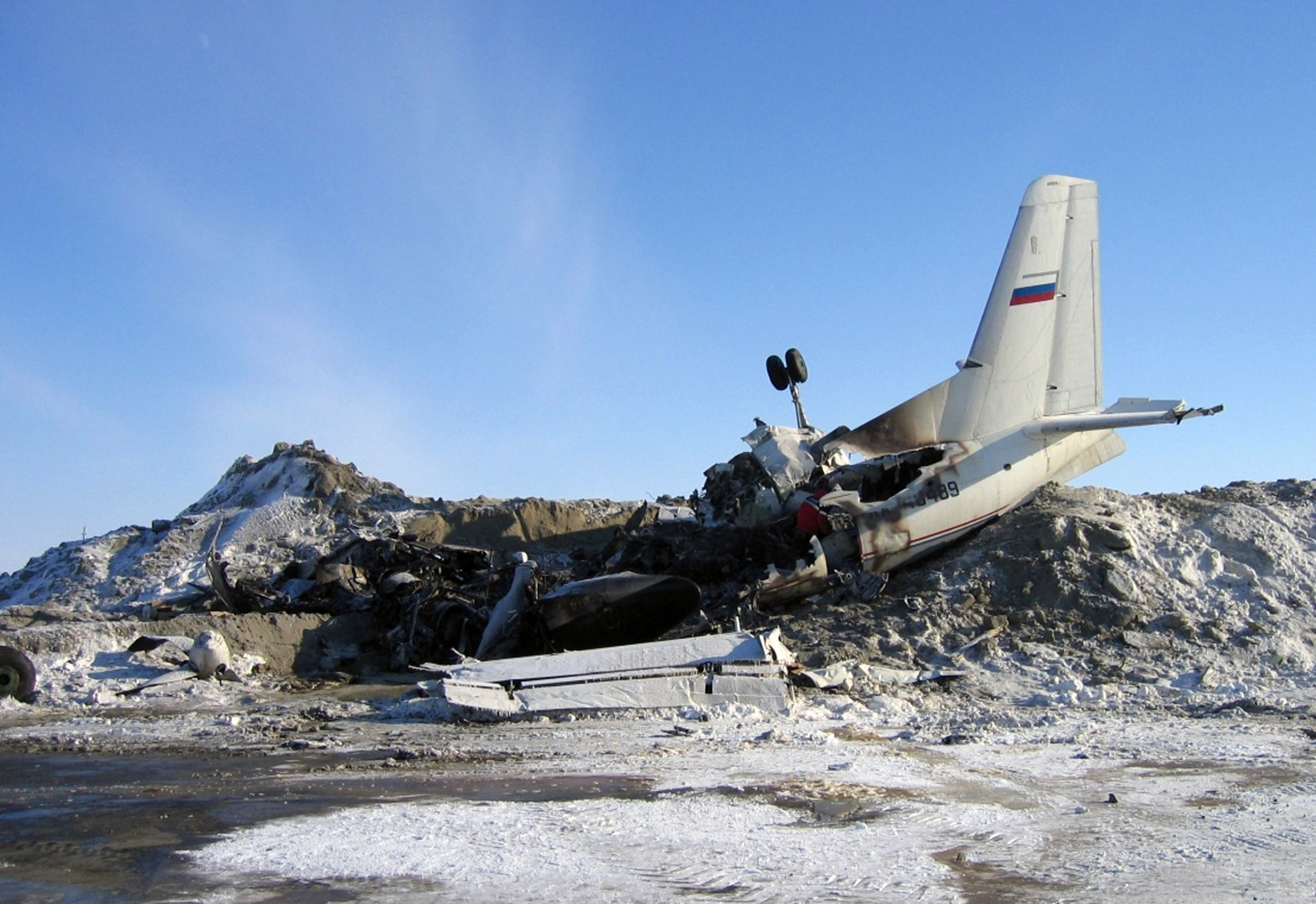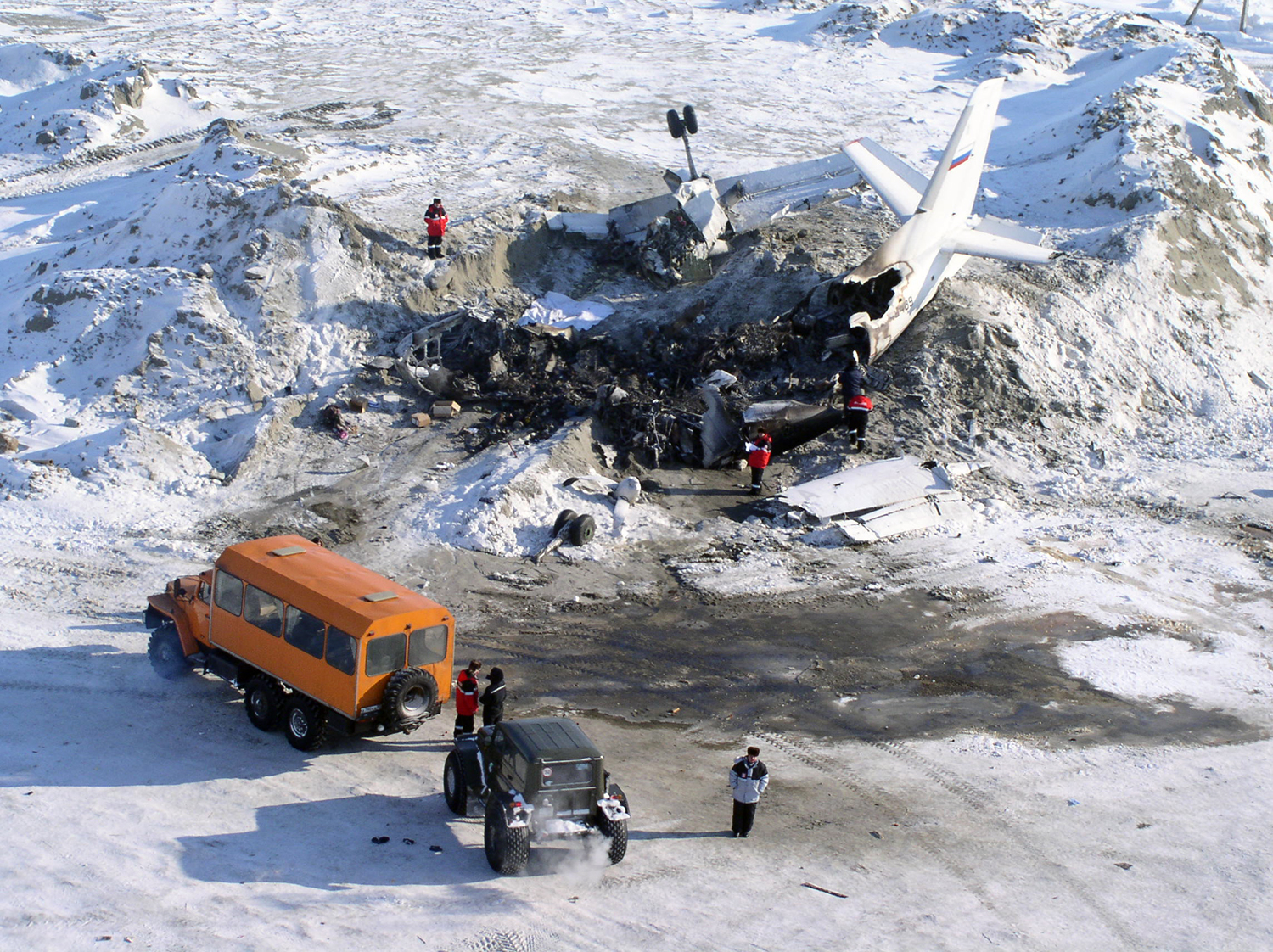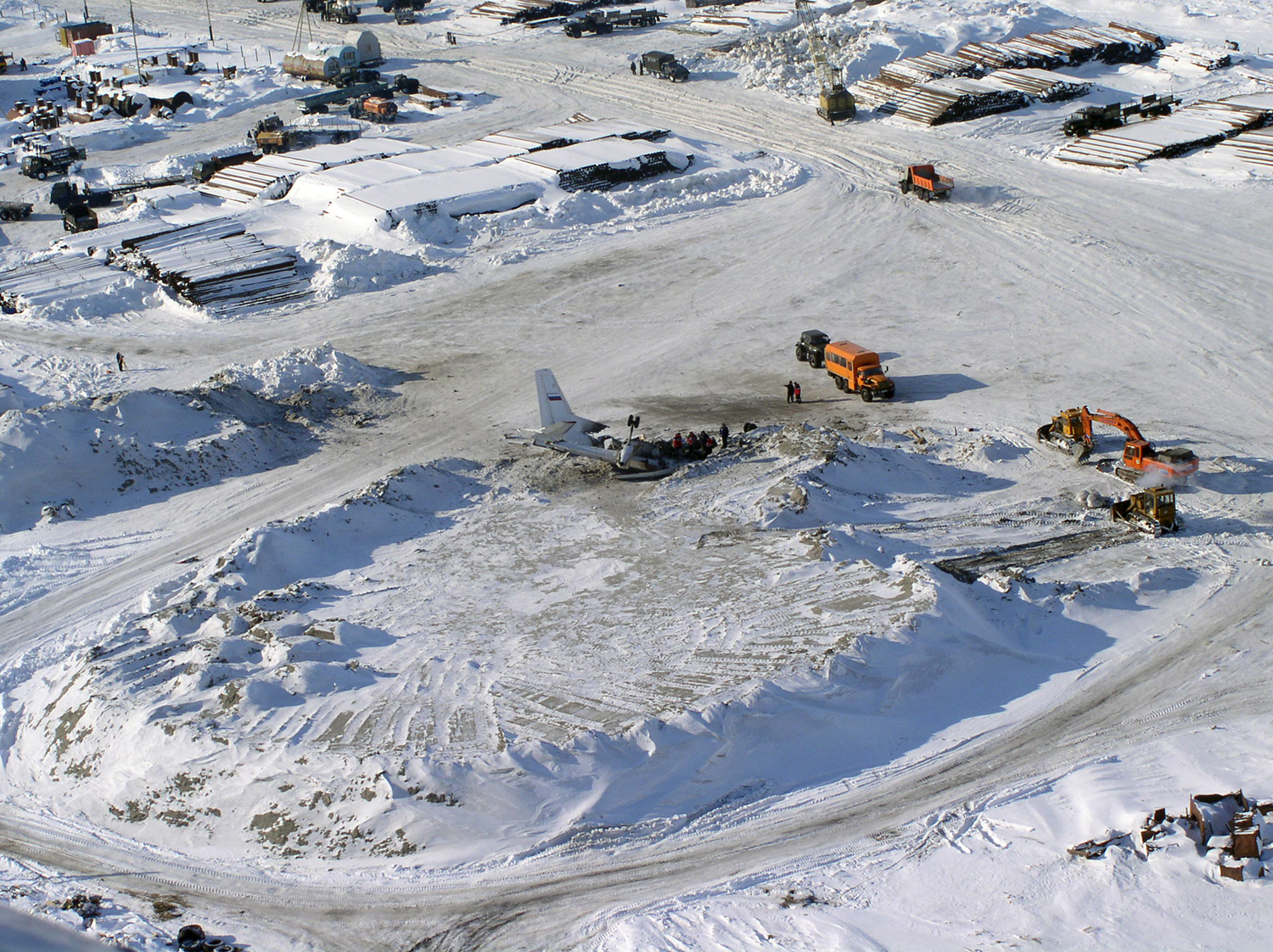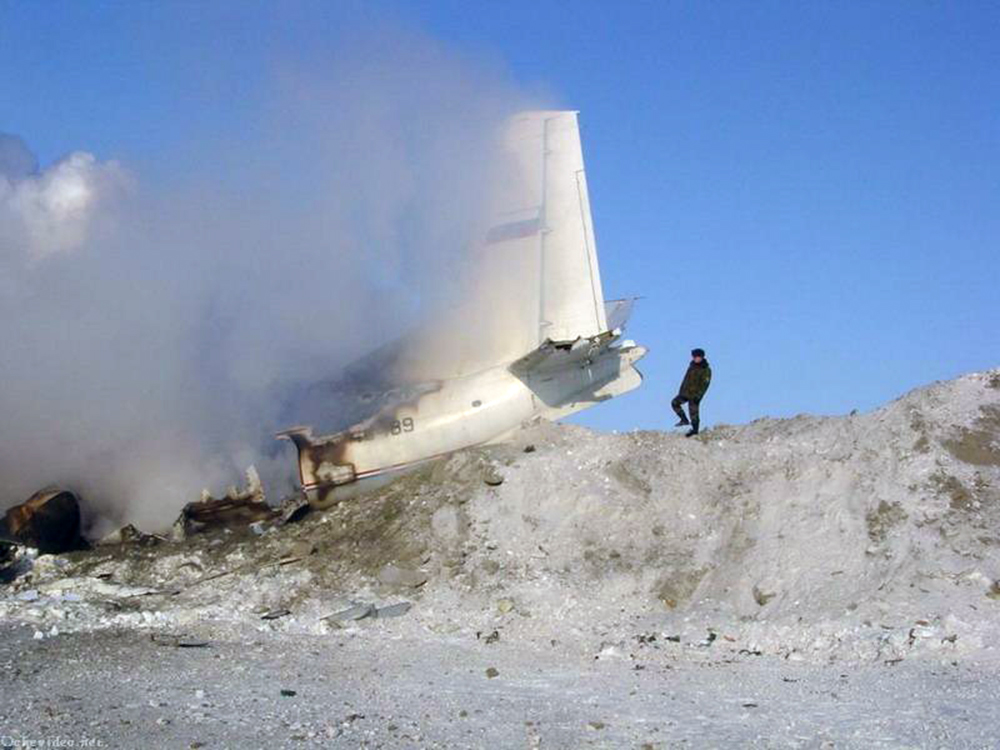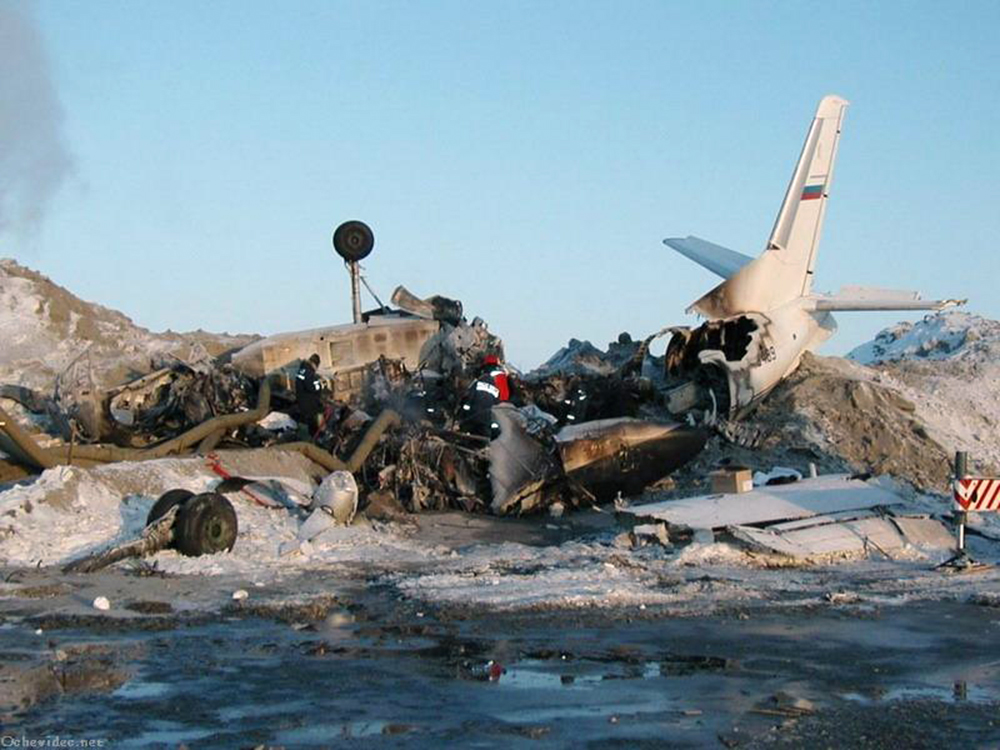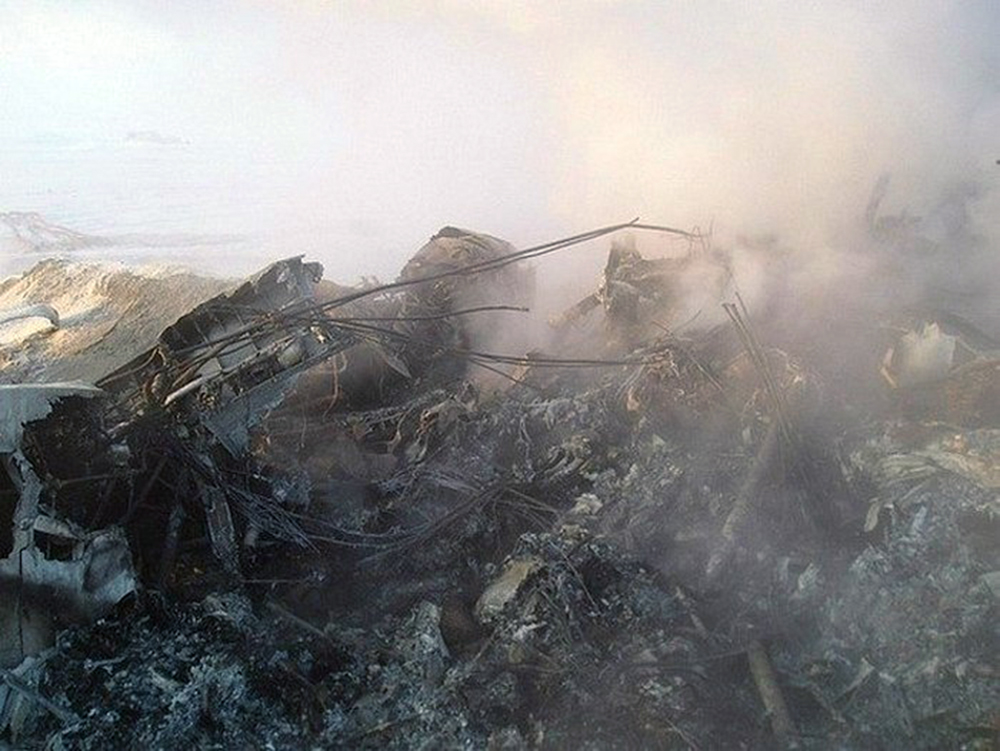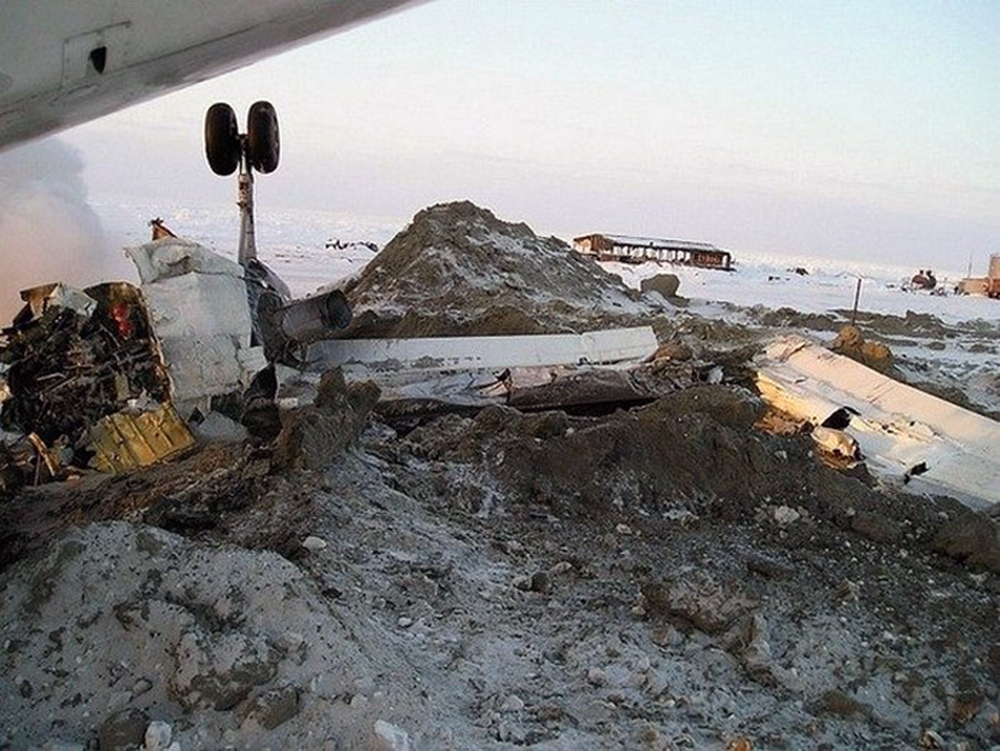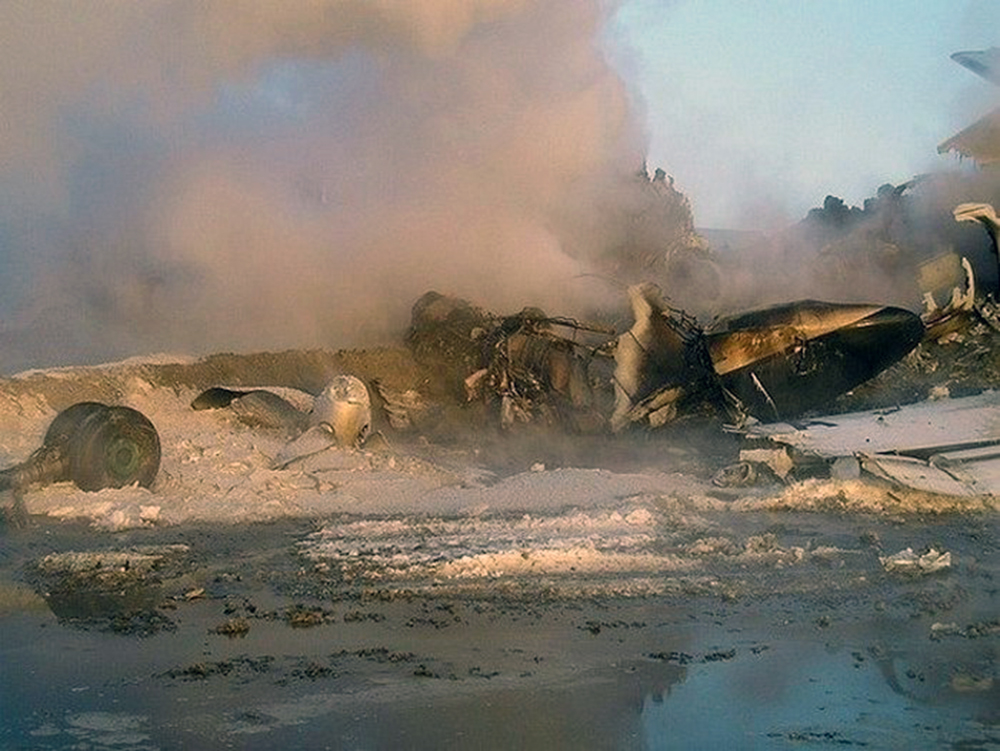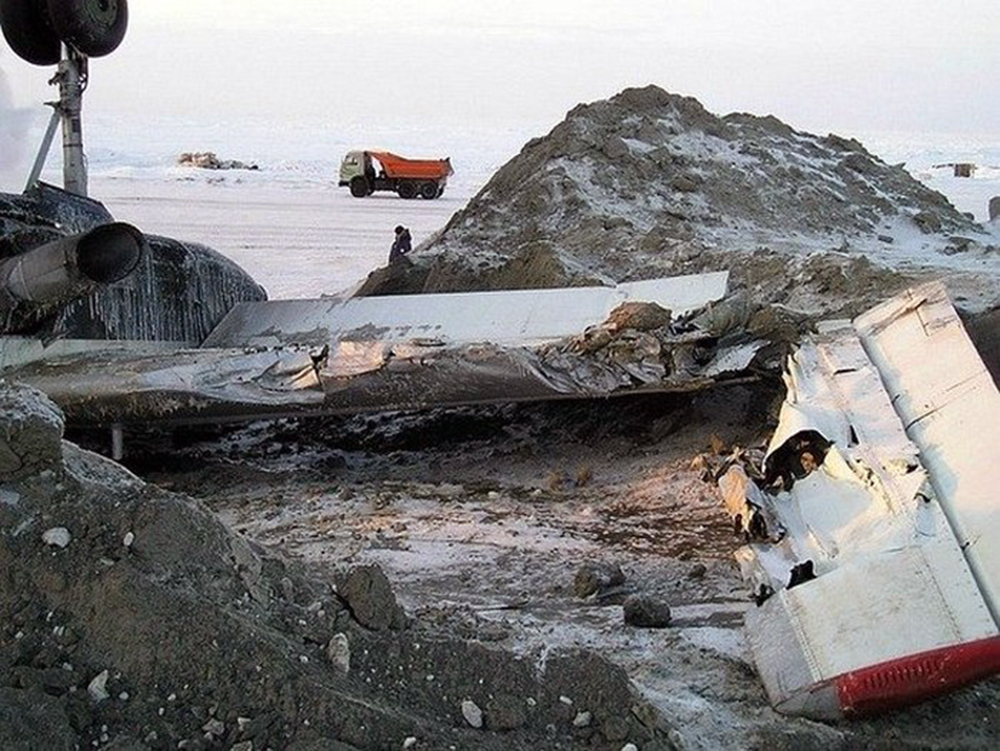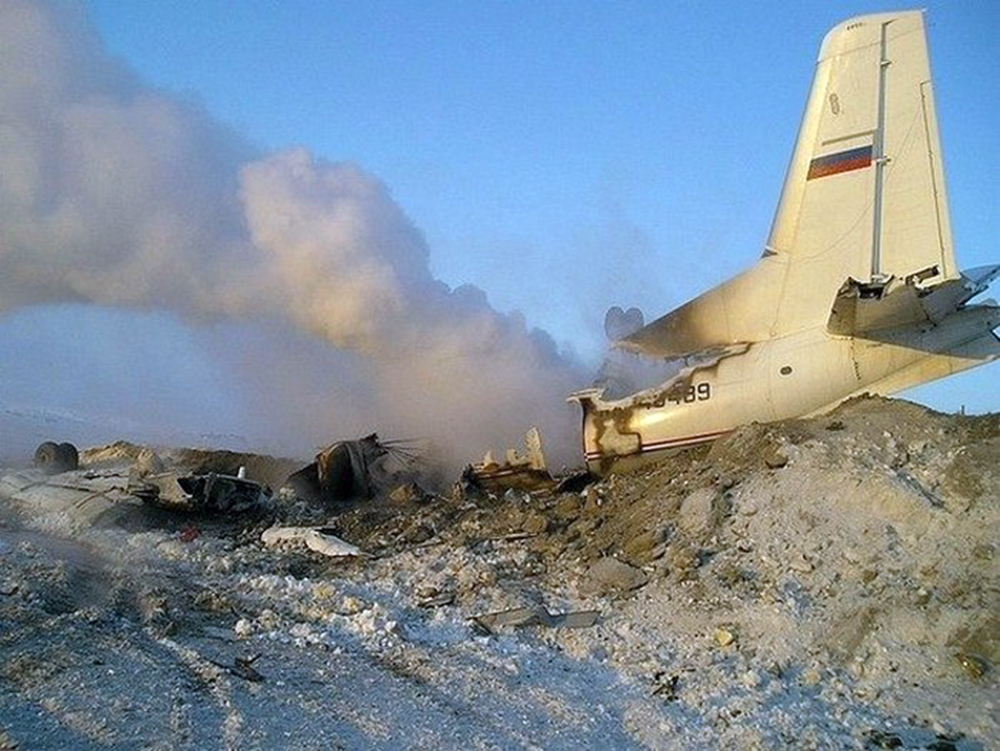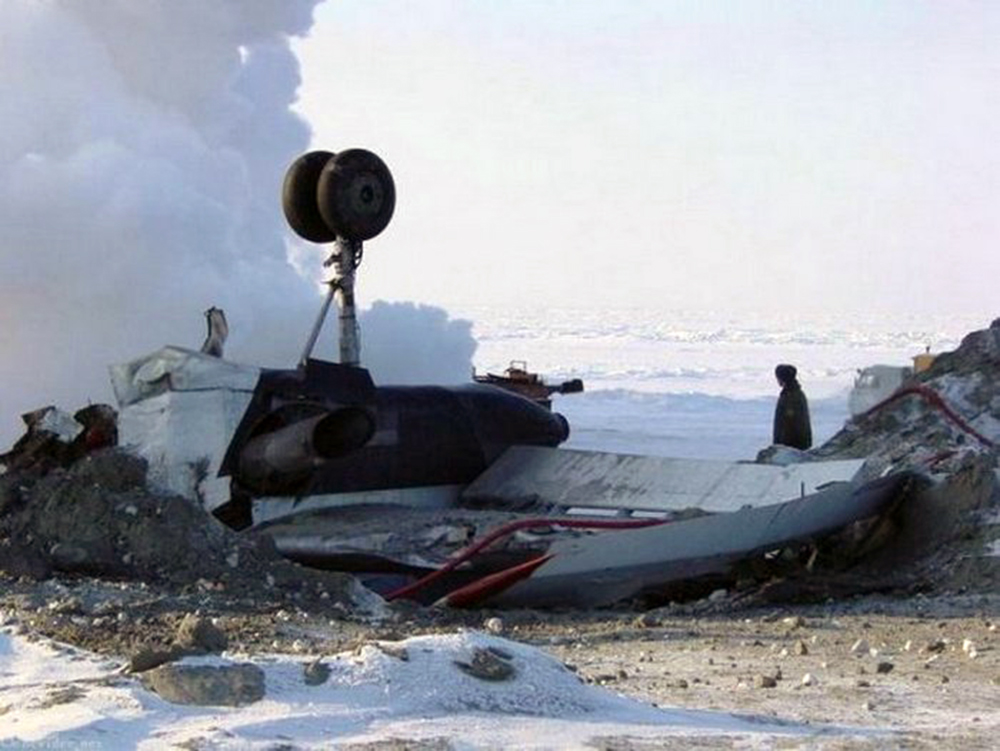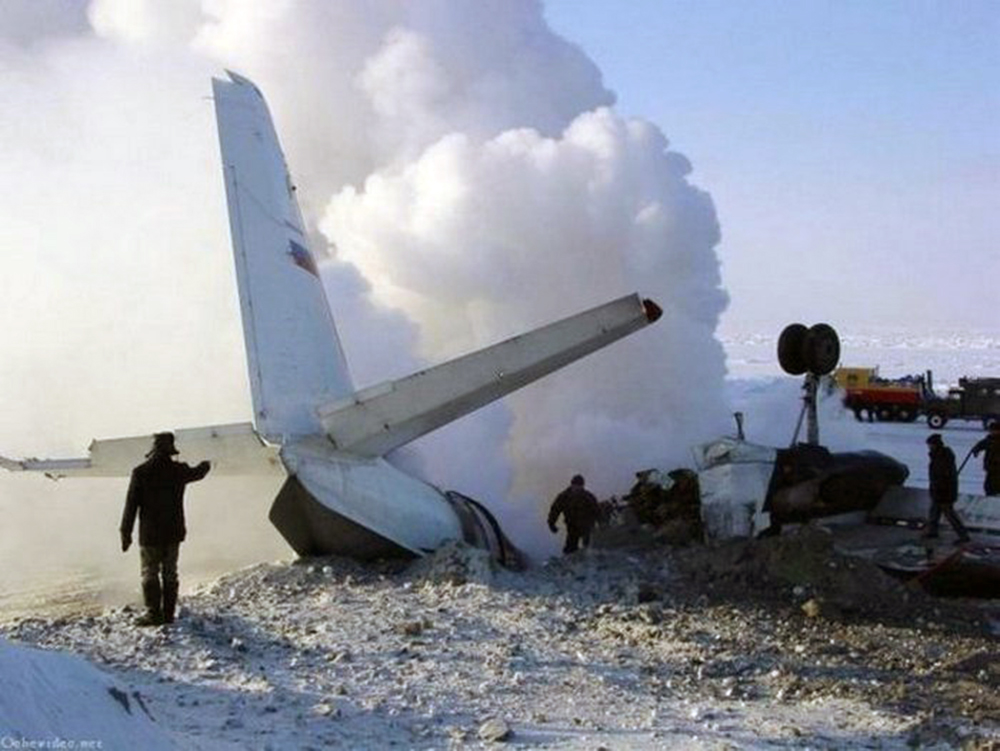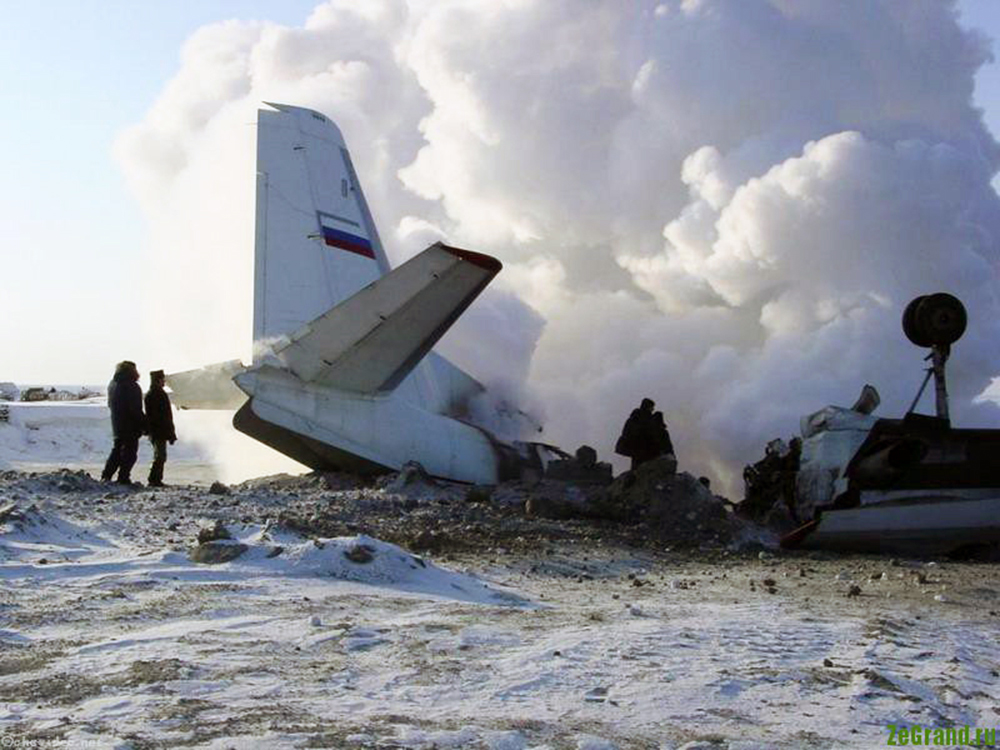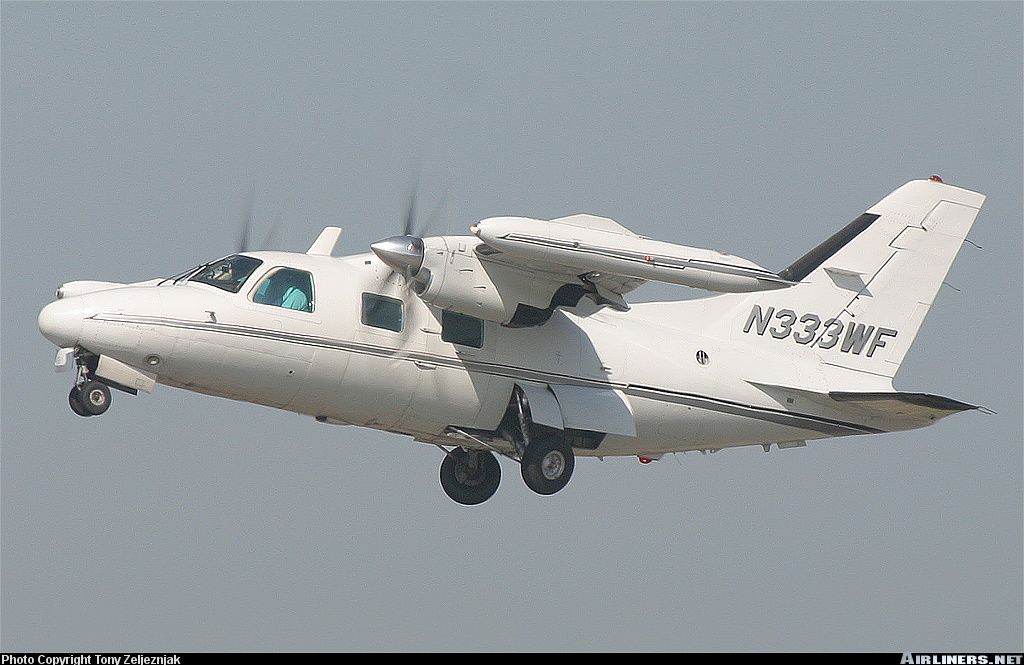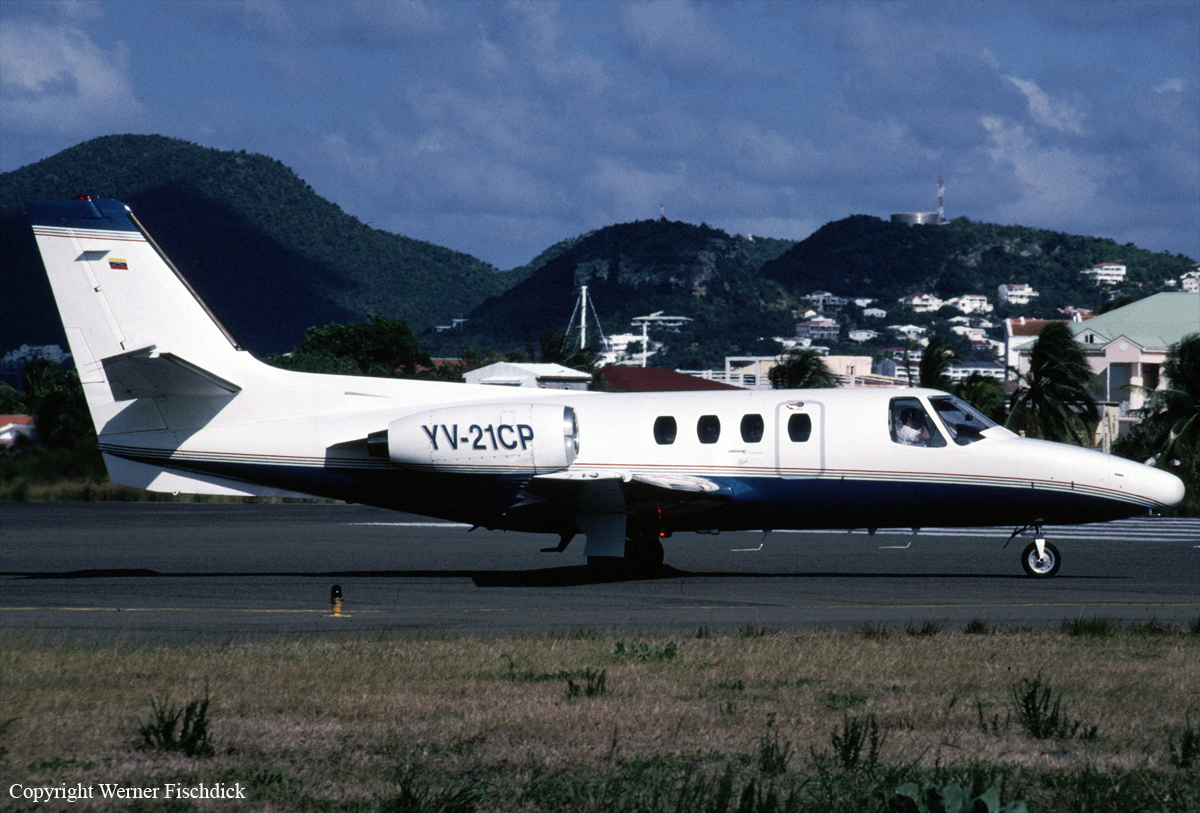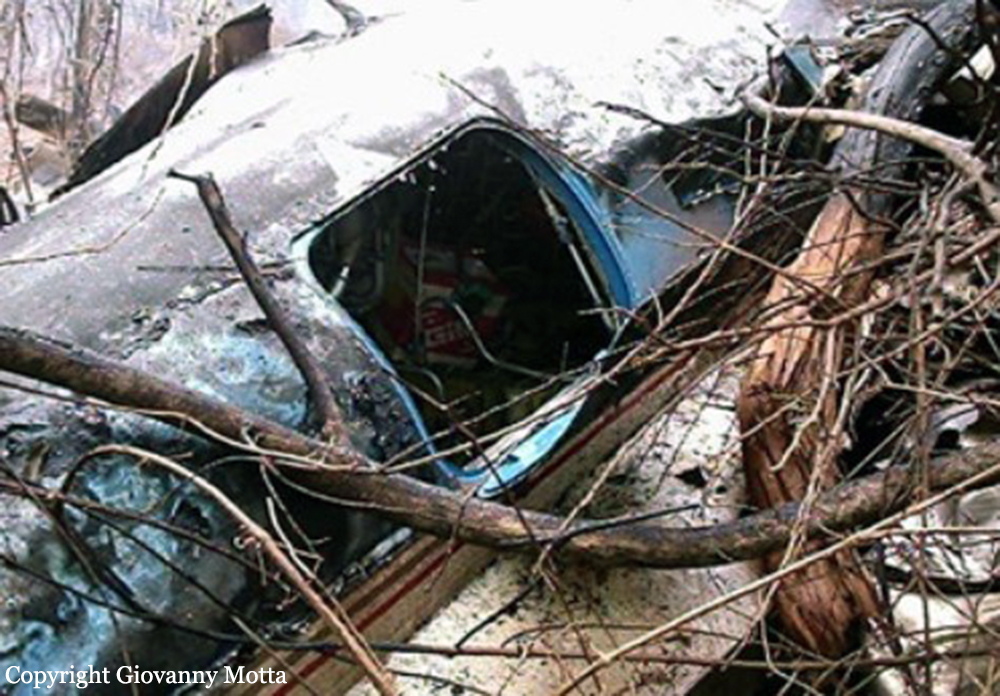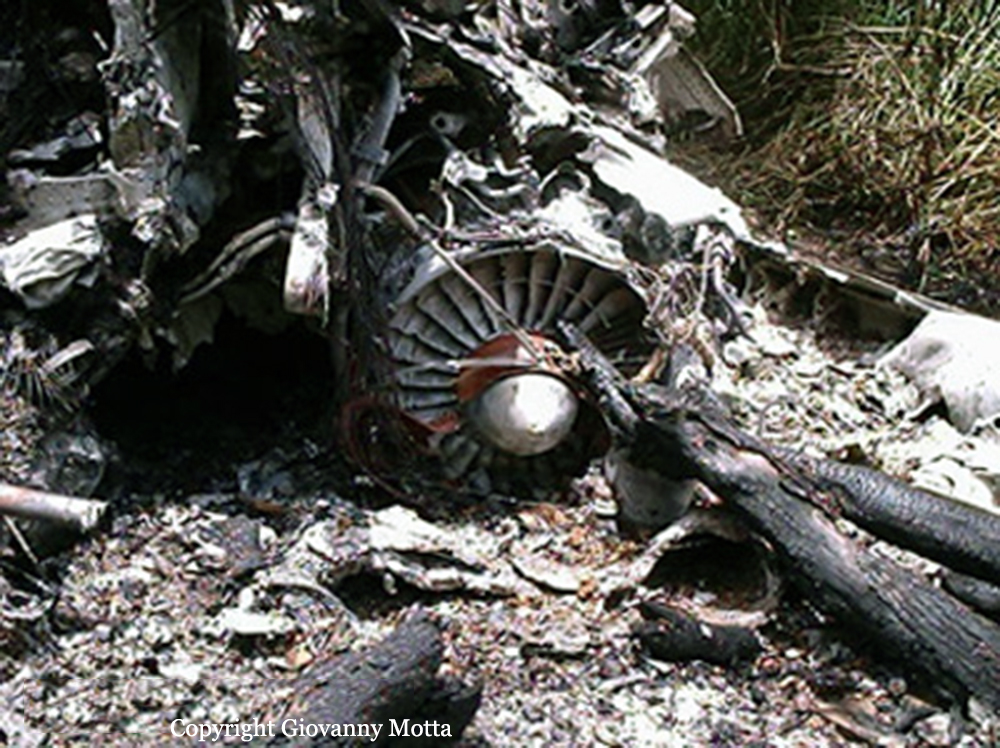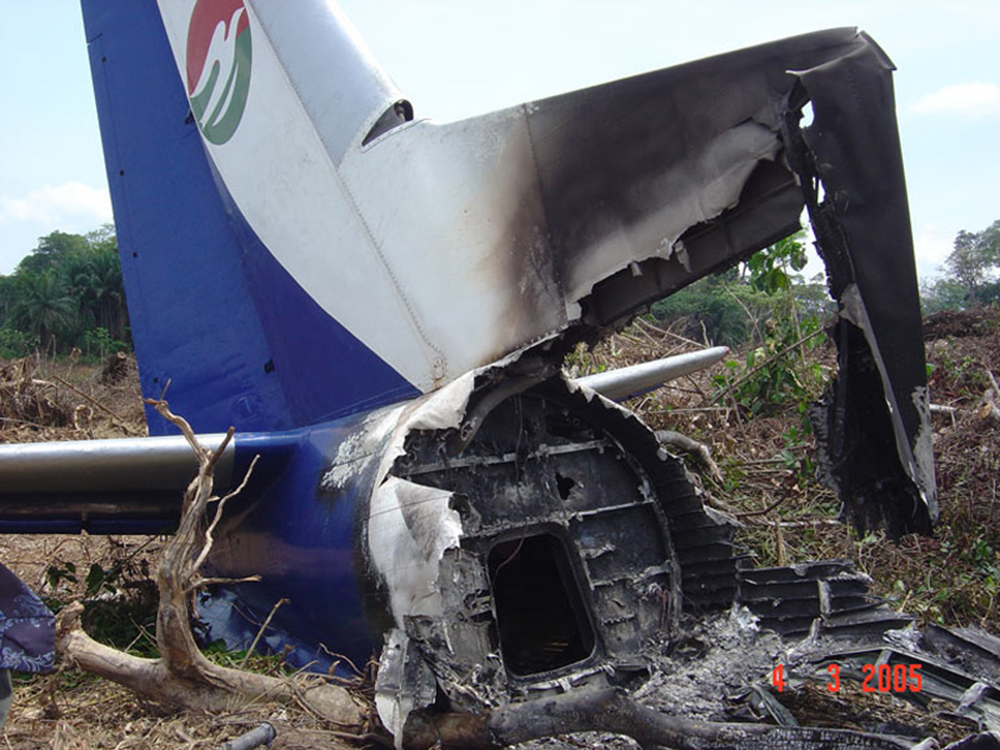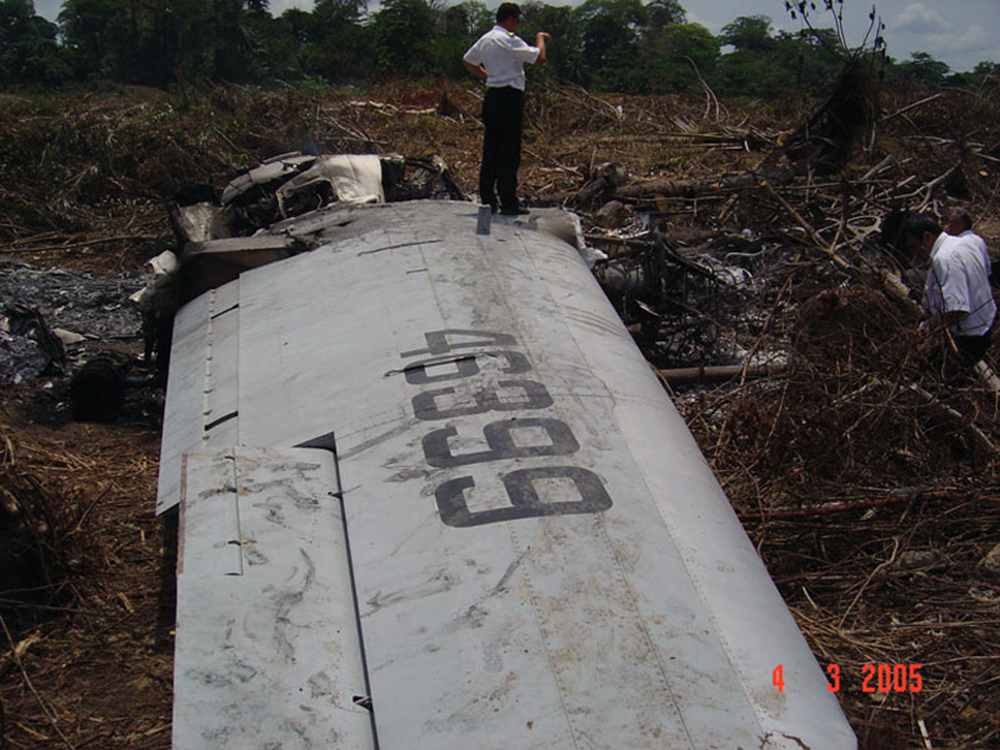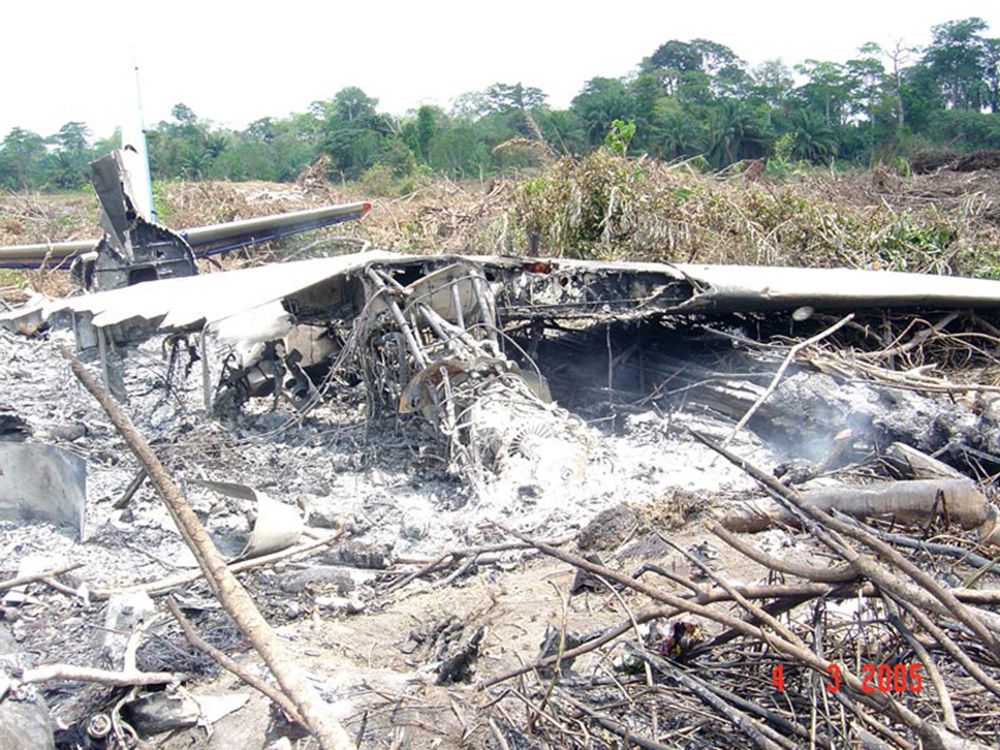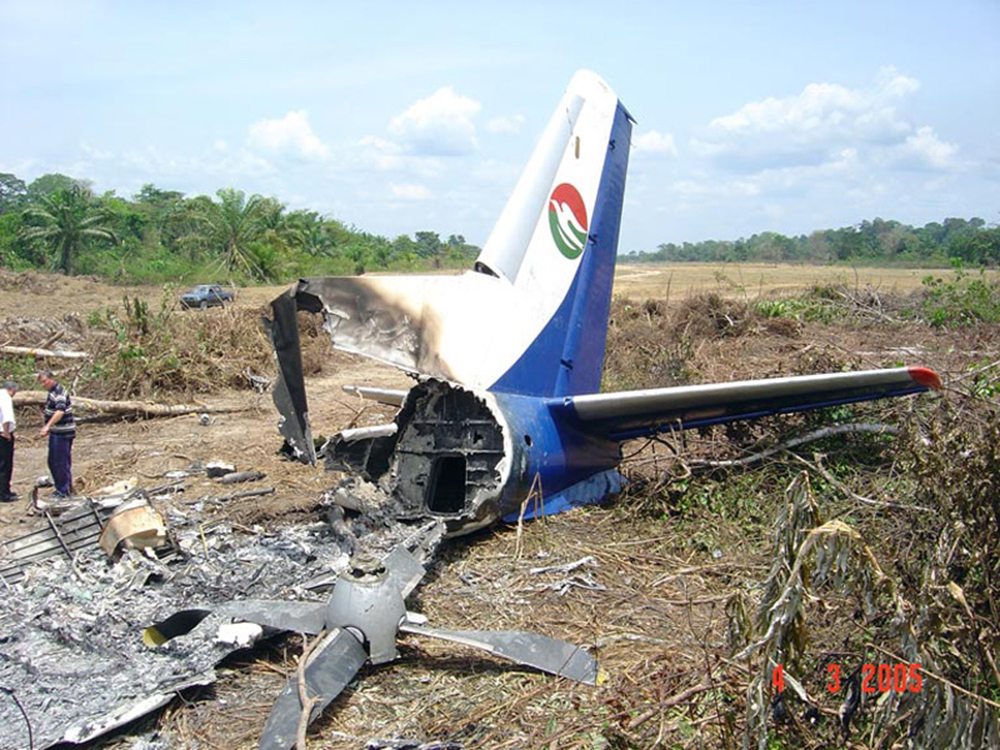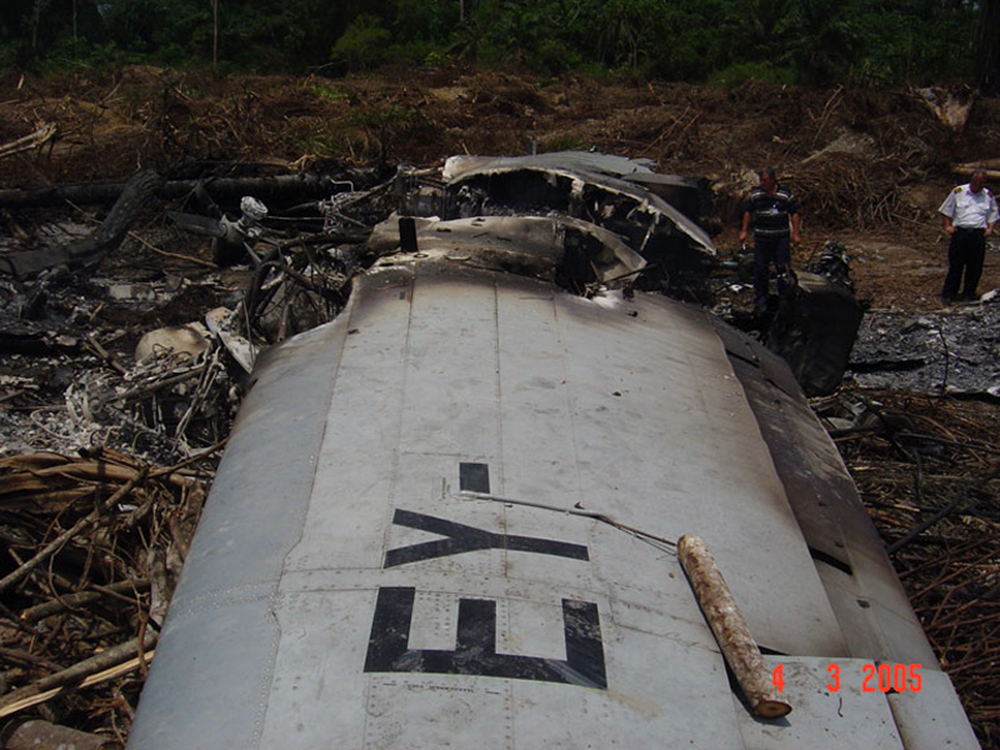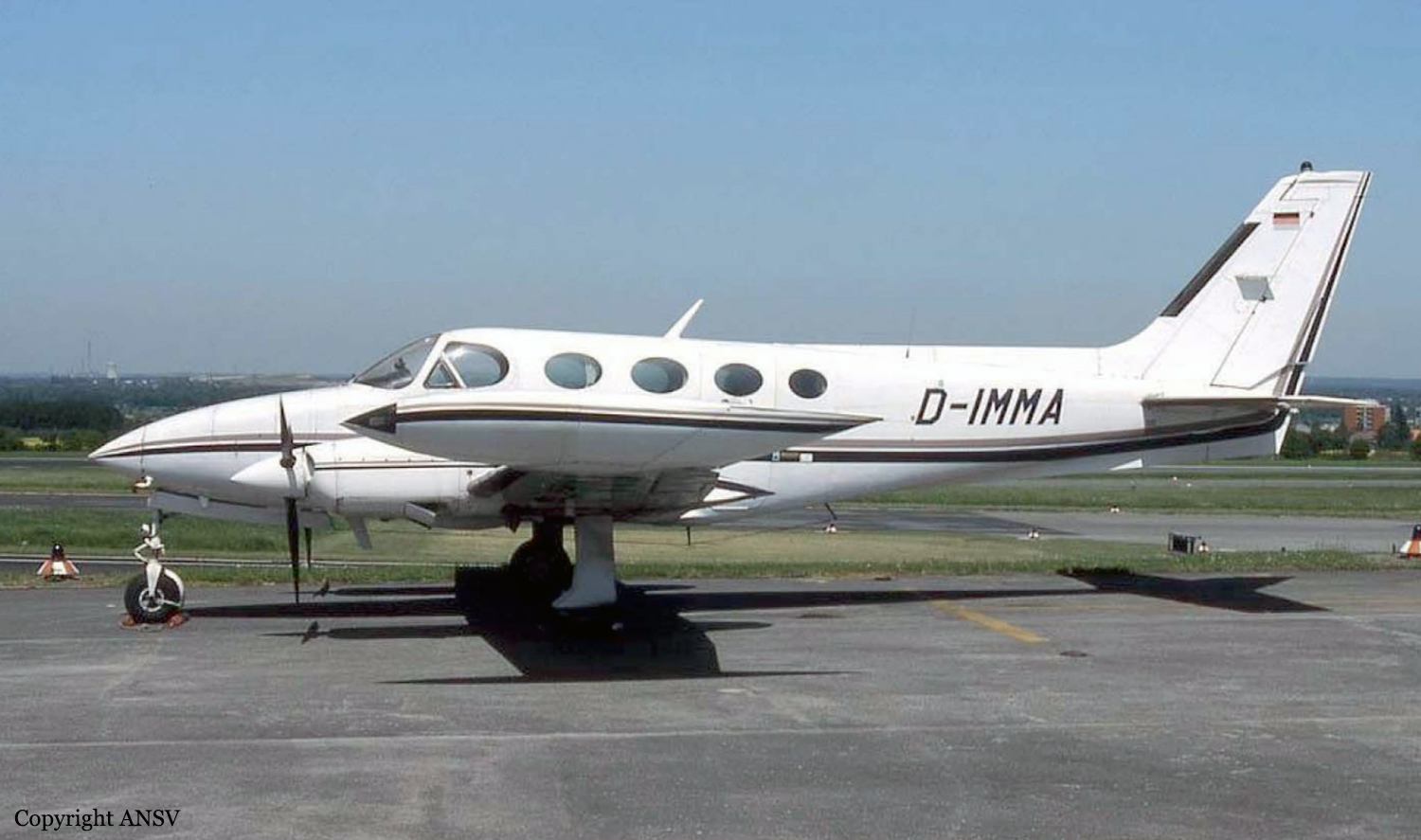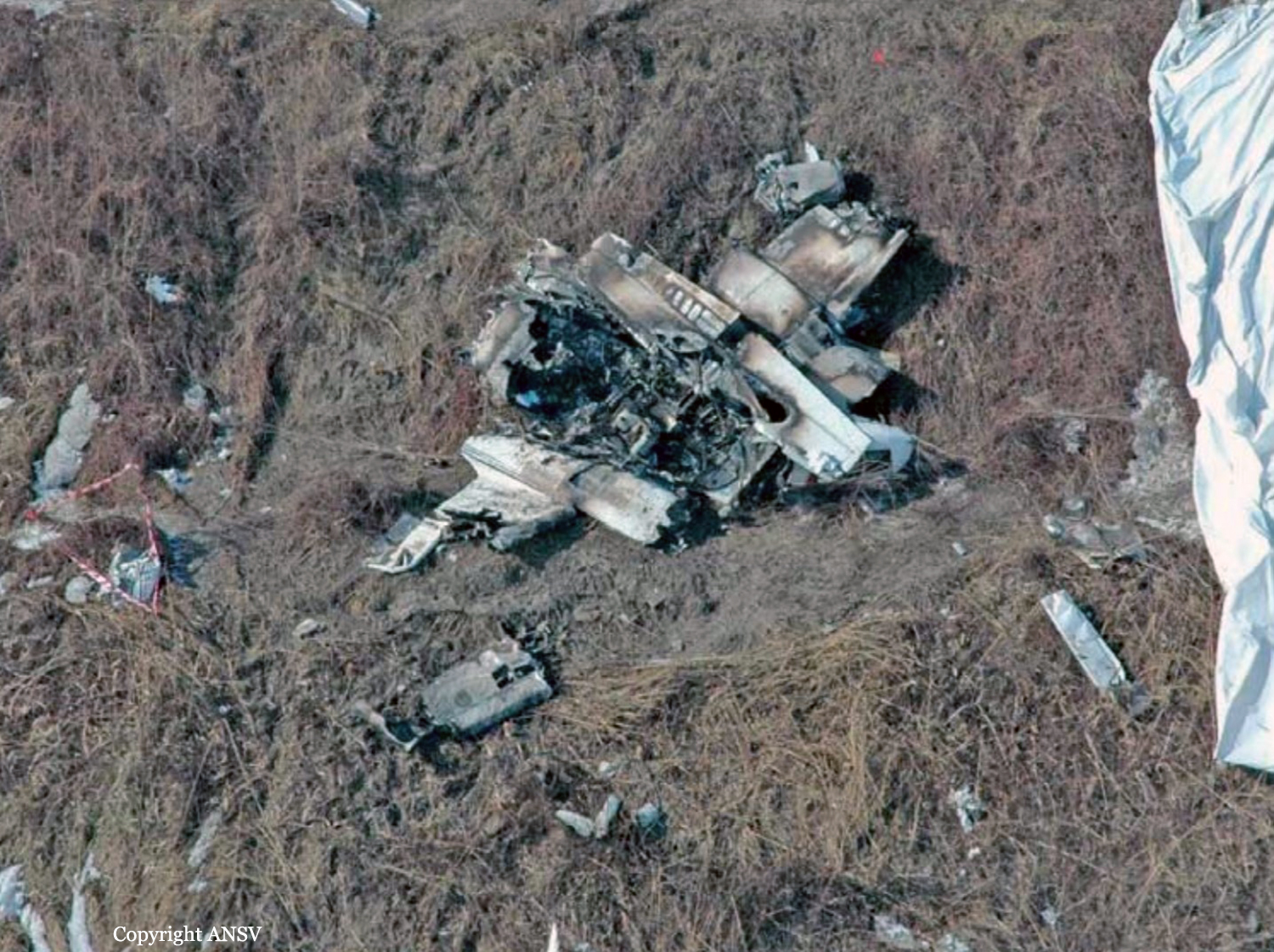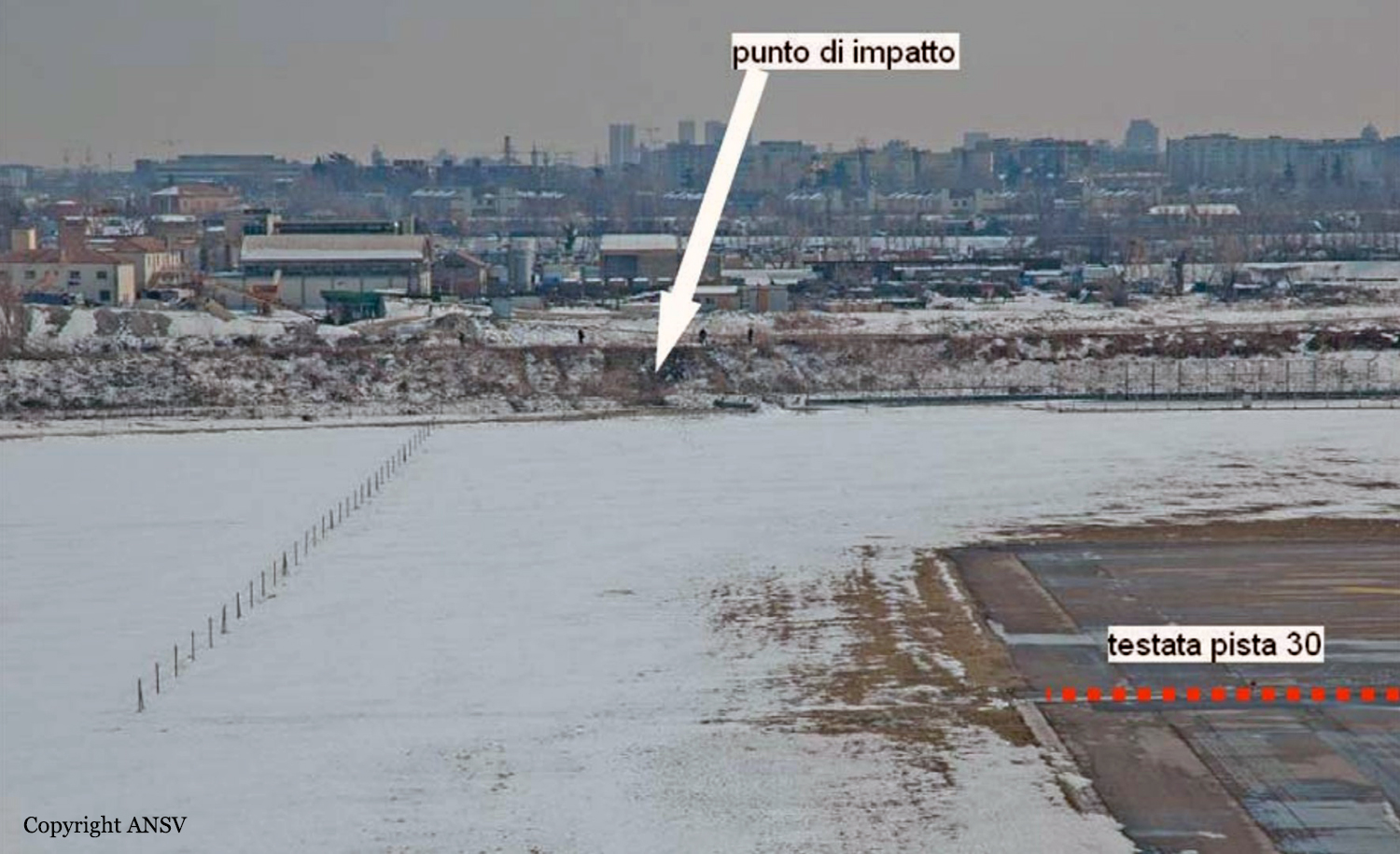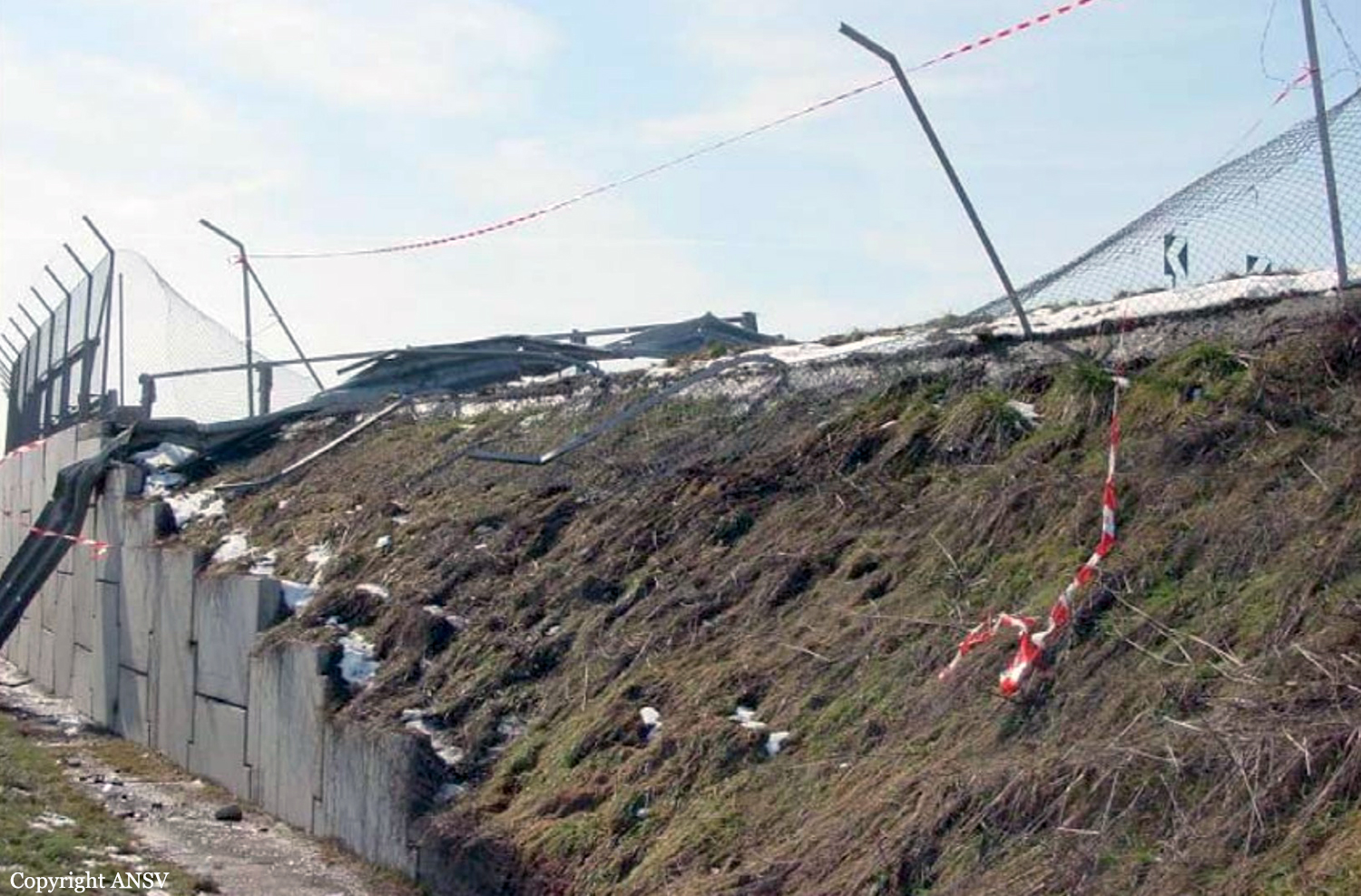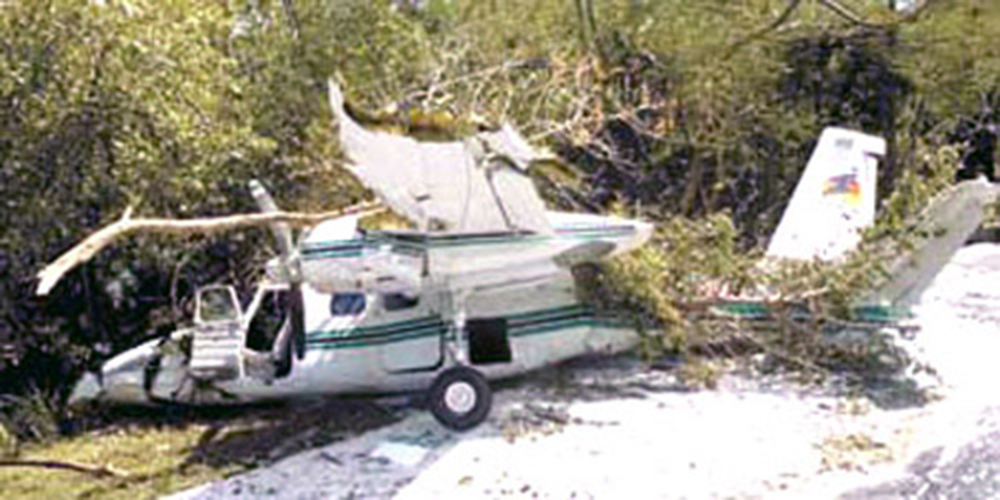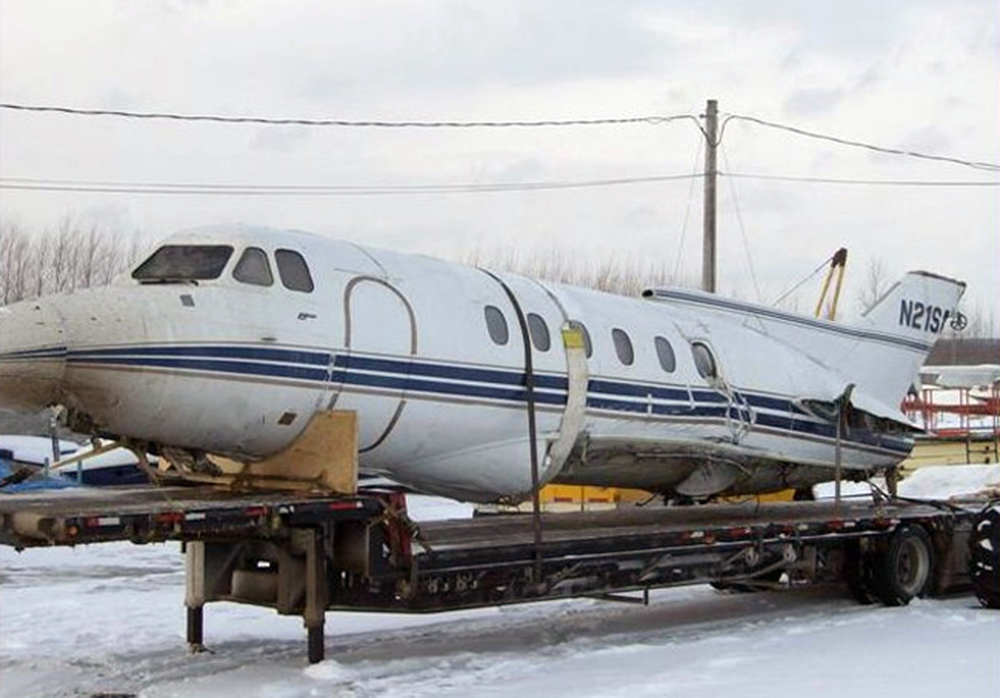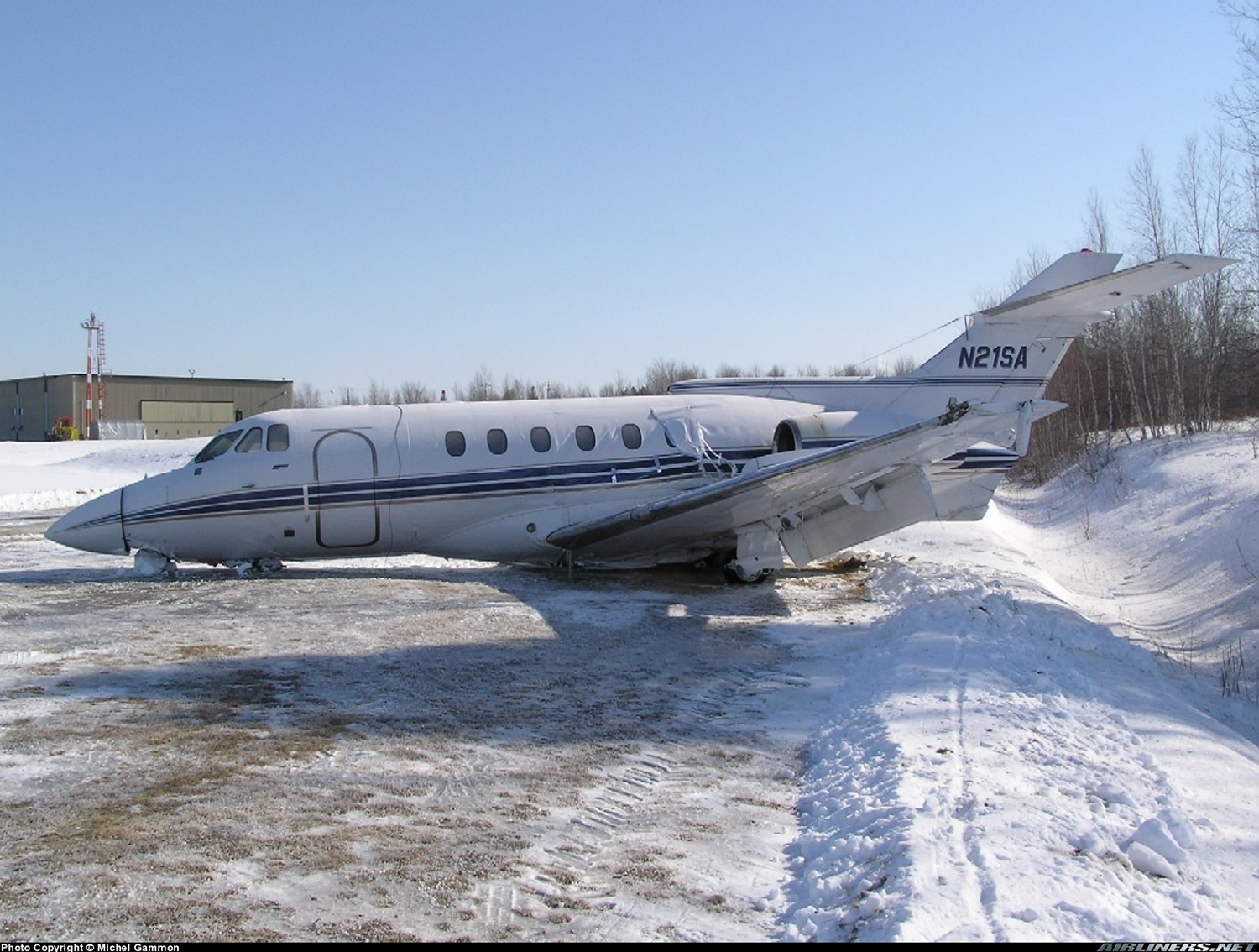Crash of an Antonov AN-24RV in Varandey: 28 killed
Date & Time:
Mar 16, 2005 at 1353 LT
Registration:
RA-46489
Survivors:
Yes
Schedule:
Ufa - Perm - Usinsk - Varandey - Naryan Mar
MSN:
2 73 081 07
YOM:
1972
Flight number:
RL9288
Crew on board:
7
Crew fatalities:
Pax on board:
45
Pax fatalities:
Other fatalities:
Total fatalities:
28
Captain / Total hours on type:
9833.00
Copilot / Total hours on type:
60
Circumstances:
The aircraft was completing a charter flight from Ufa to Naryan Mar with intermediate stops in Perm, Usinsk and Varandey under contract of Naryanmarneftyegaz, a sister company of Lukoil. On final approach under VFR mode in good weather conditions, at a speed of 170 km/h, the aircraft stalled, causing the left wing to struck a sand dune (3 metres high). The aircraft crashed 4,217 metres short of runway, bursting into flames. The captain, the navigator and 26 passengers were killed while 24 other people were injured. The aircraft was totally destroyed by impact forces and a post crash fire. OAT was -24° C. at the time of the accident and the visibility was good.
Probable cause:
The accident was the consequence of an aerodynamic stall that occurred on short final at low height due to the combination of the following factors: the aircraft was in a critical angle of attack and its speed was insufficient because both engines run at low regime for a period of more than 20 seconds. Possible errors in the reading of certain instruments such as the speed indicator and the angle of attack indicator remain a contributing factor.
